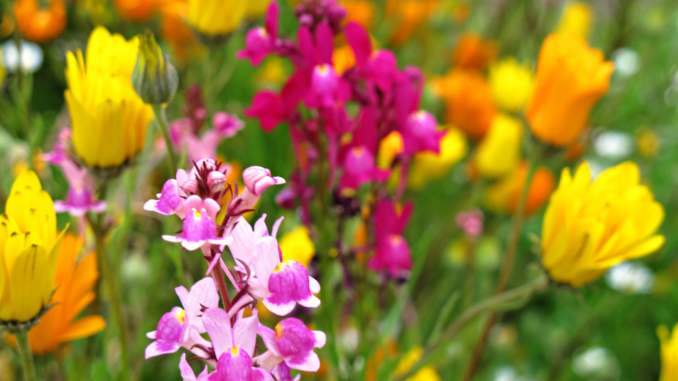
Last night I saw the first firefly of the season, signaling (in morse code, of course) that Spring is officially here! Sure, I could have become all worked up over the first splash of wildflowers a week ago, or the red buds, wild plums, dogwoods, and honeysuckle which all started blooming within the last two weeks. (Mmmm, they do smell good). And many bird species have started their northerly migration. But Spring still would not have been official, of course, because vernal equinox had not yet occurred.
Vernal equinox is from Latin (I know that you knew that) where vernal refers to Spring and equinox means the length of the night equals the length of the day. Except, that’s a bit deceiving: there’s more to it than that. For starters, equal parts day and night took place several days before equinox but that’s a story for another time.
Secondly, our friends in the southern hemisphere are experiencing autumn right now, as their summer just ended. It would be silly for them to call it vernal equinox. Naturally, they call it autumnal equinox. Next September, our roles will be reversed. While we’ll have autumnal equinox, they’ll have vernal equinox.
Astronomers define equinox as the moment the Sun crosses the Earth’s equator. Wait a minute, that explanation needs explaining. It’s a bit difficult without visual aids, but here we go anyway. If your eyes start to roll back in your head, just skip down to where it says ‘BOTTOM LINE’.
Picture the orbit of the Earth as a pancake on Grandma’s breakfast table. The Sun is at the center of the pancake. The Earth’s orbit is along the outer edge of the pancake. The Earth’s axis is tilted at an angle relative to the pancake, like a toothpick sticking into the edge of the pancake but not standing up straight. The toothpick (the axis of the Earth) always points at the same corner of Grandma’s ceiling no matter where (which part of the orbit) the Earth is located.
When the northern hemisphere is experiencing winter solstice, the Sun is lower in the sky because the axis/toothpick is leaning away from the Sun. In the winter (for northern hemisphere) the Sun is below the equator!
When the northern hemisphere is experiencing summer solstice, the Sun is higher in the sky, because the axis/toothpick is leaning toward the Sun. In the summer (for northern hemisphere) the Sun is above the equator!
Halfway between winter and summer, the Sun must cross the Earth’s equator – to get to the other side! This is the moment of vernal equinox, half way between winter solstice and summer solstice, signaling the start of Spring.
BOTTOM LINE
Spring is here! North America just experienced it’s earliest vernal equinox in 124 years (since 1896), which occurred Thursday, March 19, 2020, at:
11:49pm ET
10:49pm CT
9:49pm MT
8:49pm PT
Question of the night (option #1): Do you observe and participate in the annual ritual and (in normal times) garage sale extravaganza known as spring cleaning?
Question of the night (option #2): What’s blooming around your place?
Question of the night (option #3): Who do you know that makes the best pancakes?
